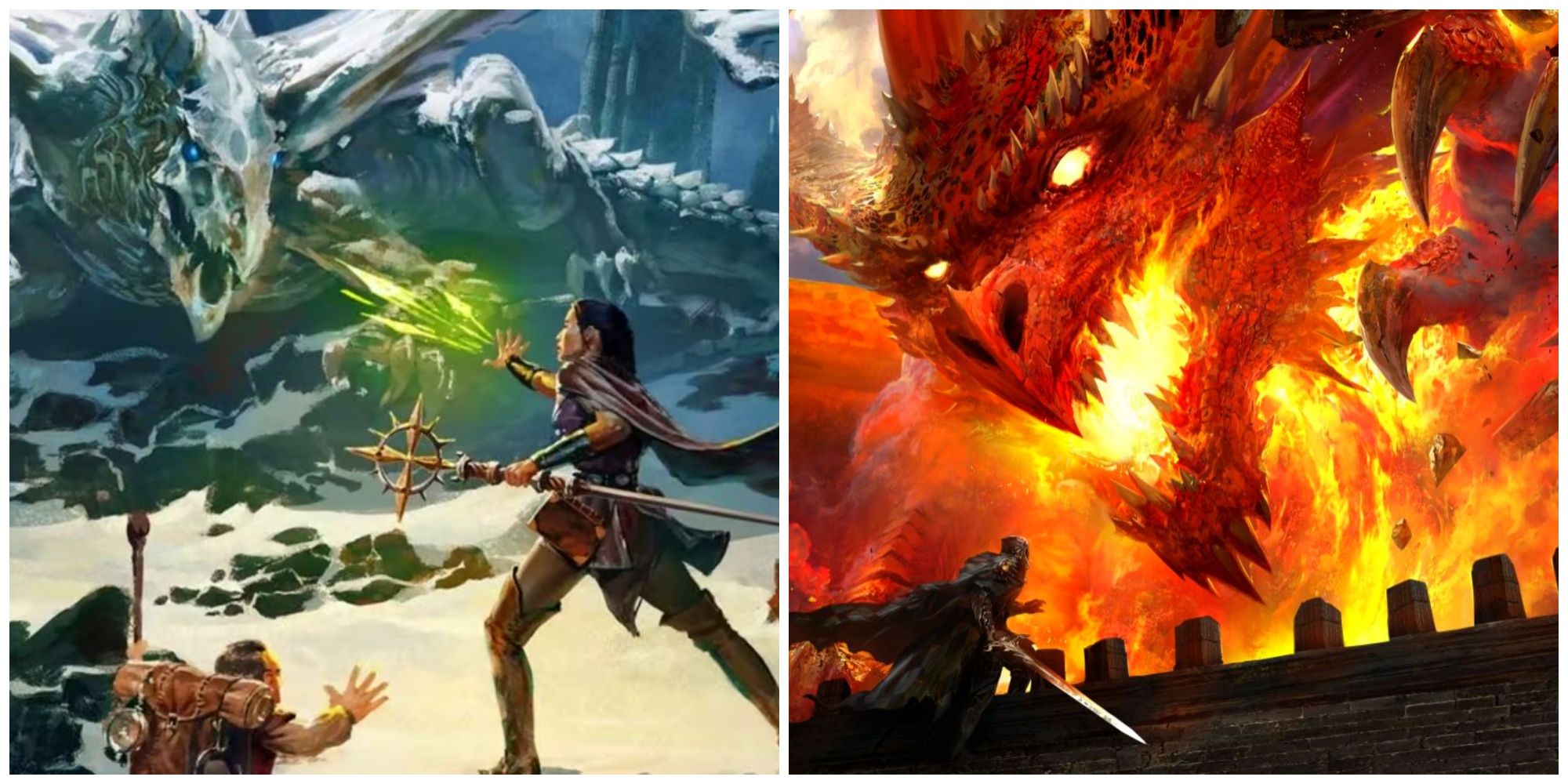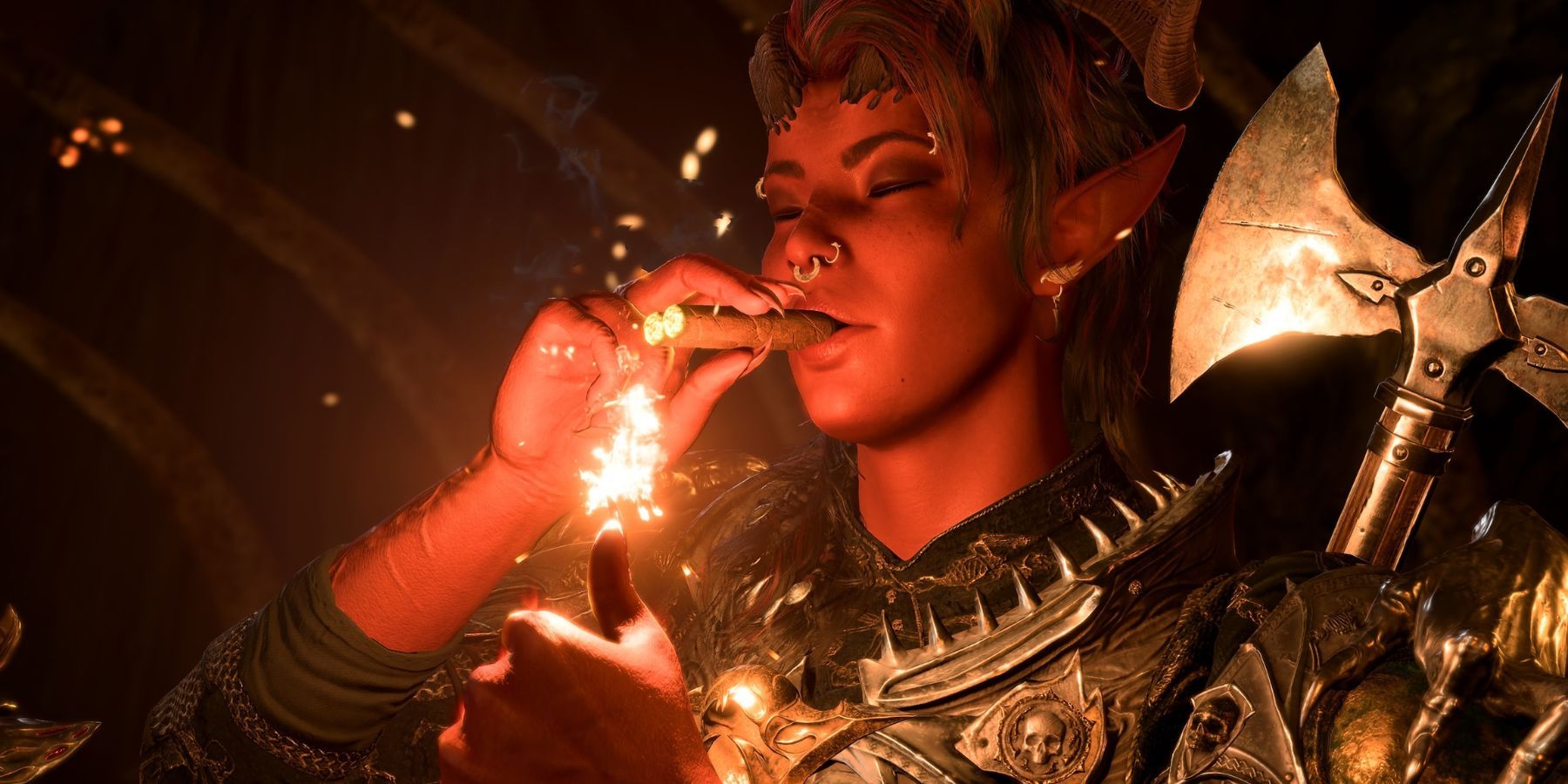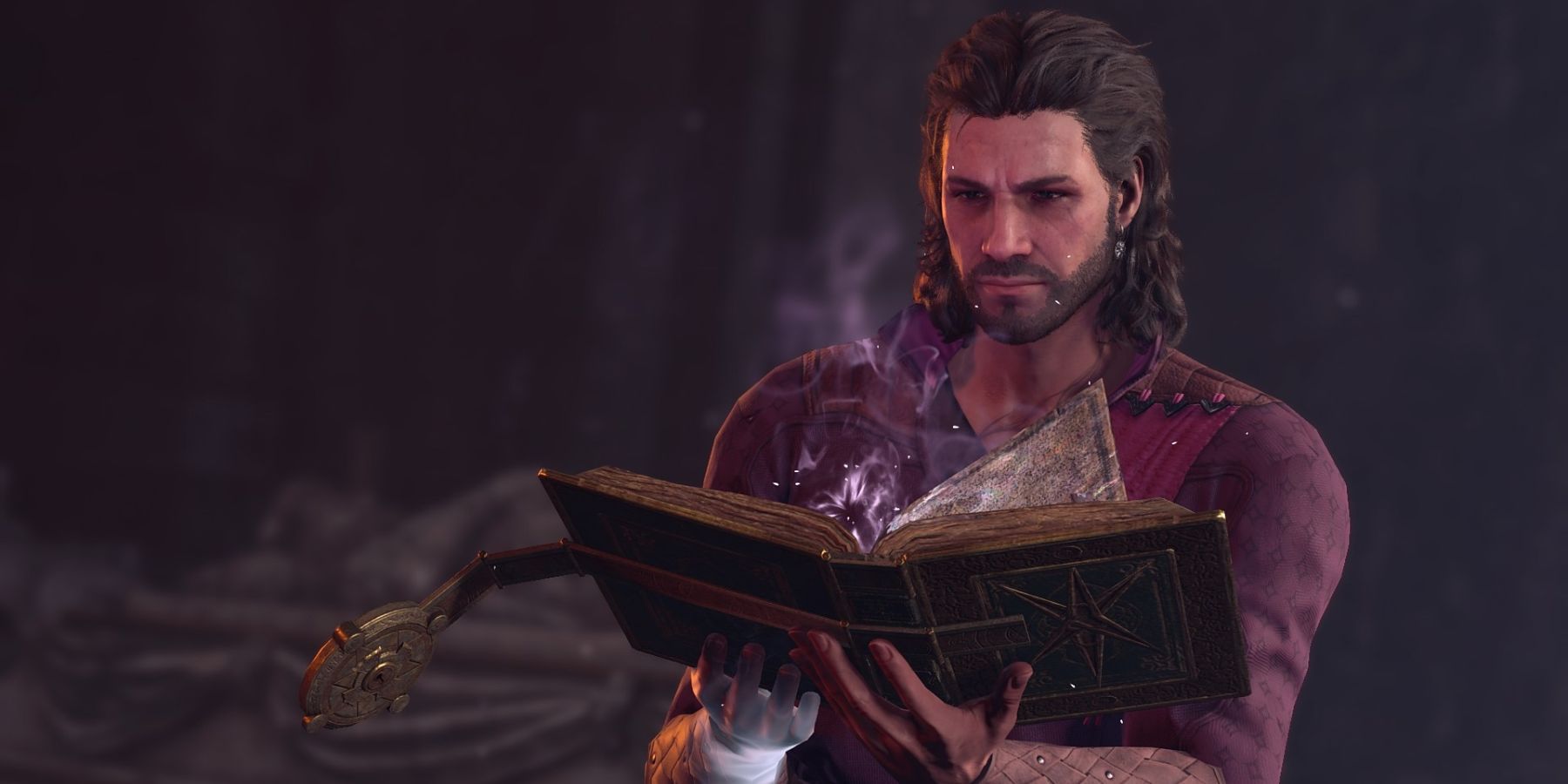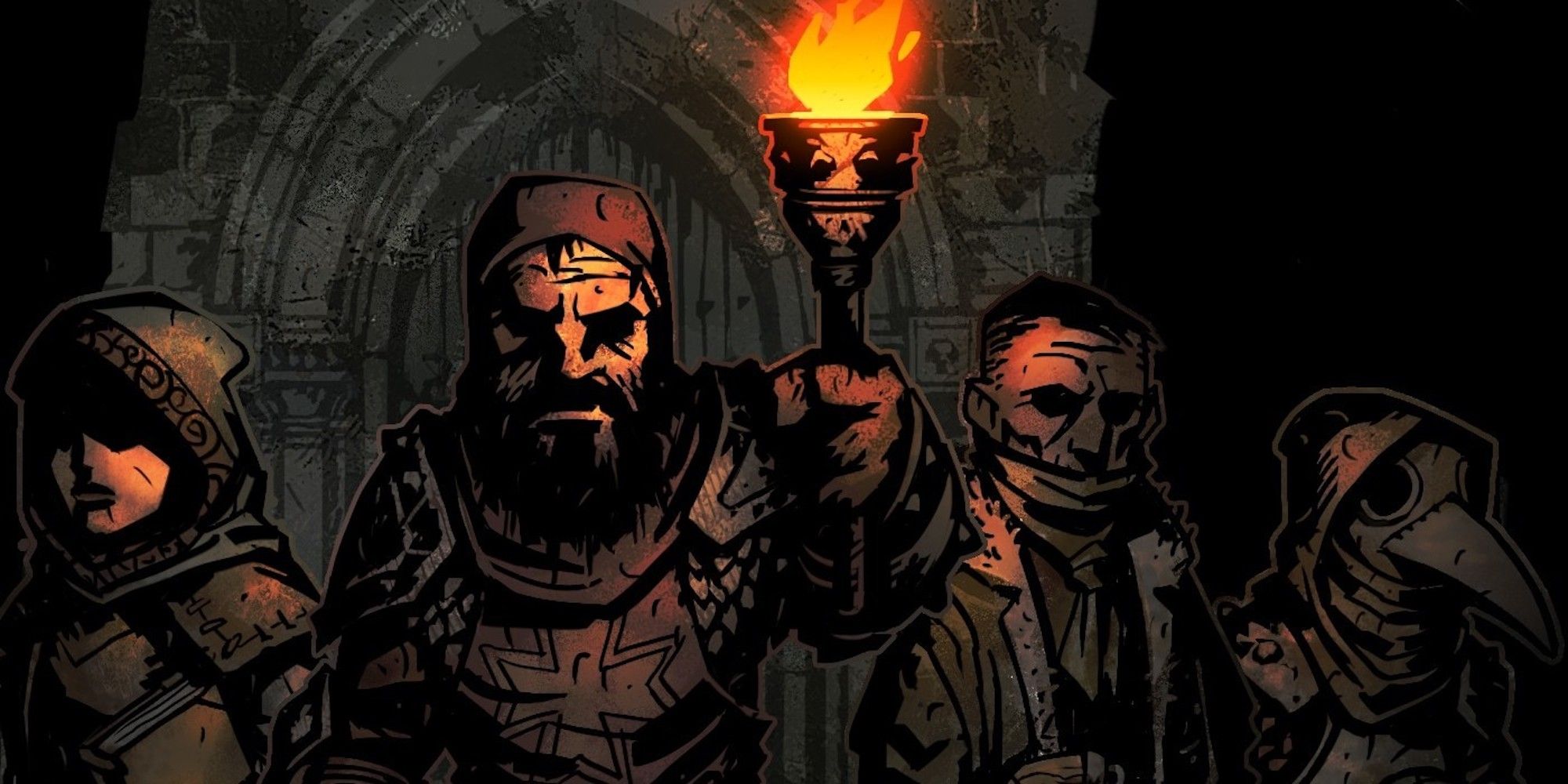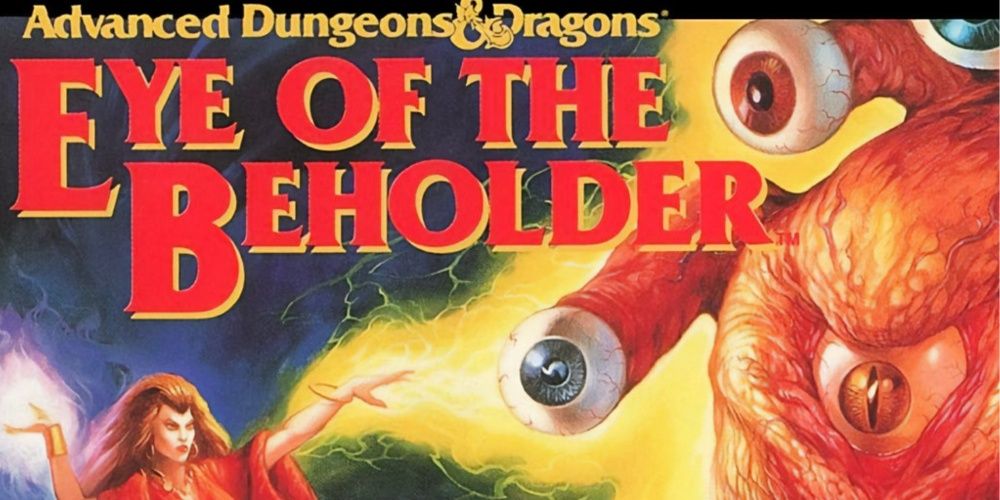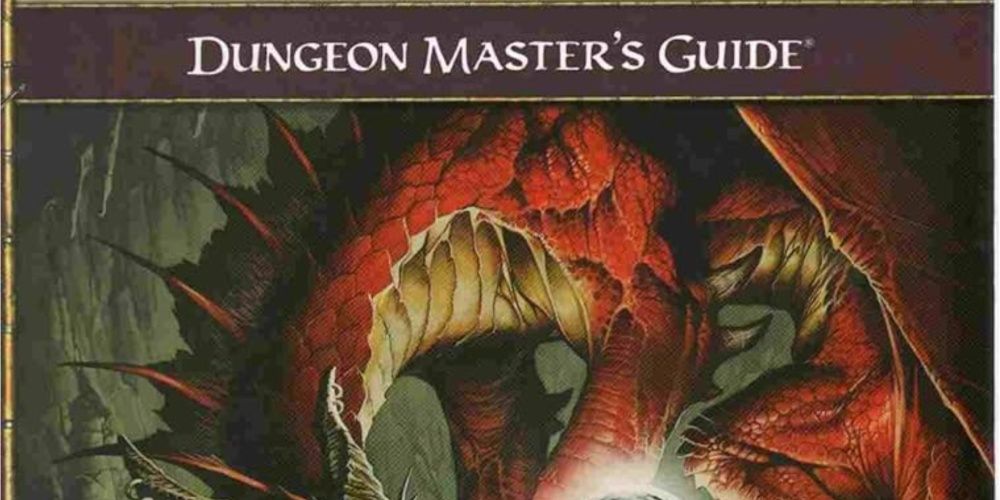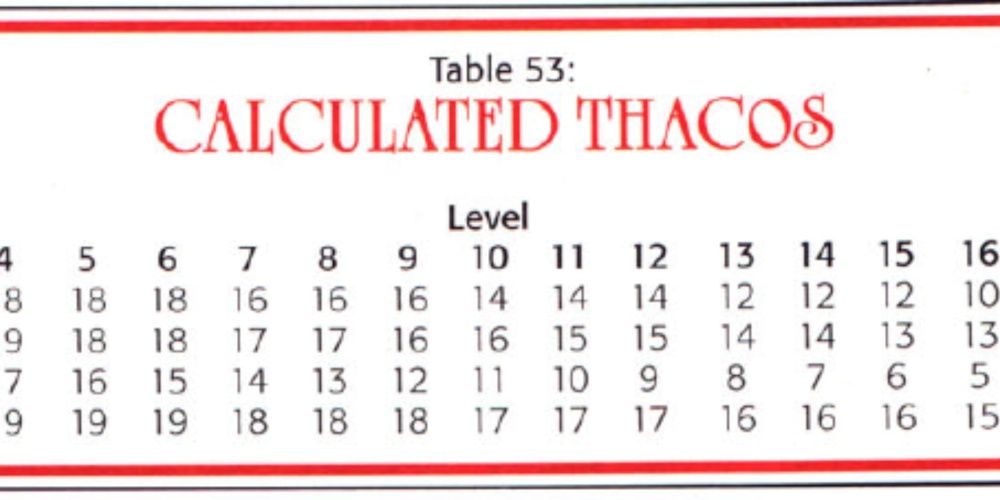Highlights
- In earlier editions of Dungeons and Dragons , level balancing was inconsistent, making the game extremely challenging at low levels but too easy at higher levels.
- Cumbersome rules in previous editions hindered creative freedom and made it difficult for new players to understand and enjoy the game.
- Previous editions had fewer character creation options, limiting players' abilities to optimize their characters and progress them as desired.
Dungeons and Dragons, one of the most popular role-playing games of all time, has changed a fair amount over the years and is currently in its official 5th edition. When the original Dungeons and Dragons edition was published in 1974, it looked like a completely different tabletop game to what it is now.
With so many versions from the past, it's no wonder that the difficulty has often changed with each passing version. 5th edition was specifically created to allow a more streamlined process for newcomers and to entice more players into trying the game. It's mostly universally agreed that some of the older editions included some very... frustrating rules to say the least, which often made the game unplayable in terms of difficulty. So how much has the game changed, and what exactly made it so difficult in the past?
8 Inconsistent Level Balancing
In the third edition of Dungeons and Dragons, level balancing didn't really exist. Dungeons were extremely challenging, and the overall game rules were unforgiving when characters were just starting out between levels 1-8. However, in later campaigns (if payers survived for that long), players could absolutely breeze through challenges and dungeons.

5 Popular Fantasy Franchises That Would Make Great Open Worlds
Some popular fantasy franchises would translate well into open-world games. Here are some great examples.
Essentially, third edition DnD would get to the point where the Dungeon Master couldn't actually cause any enemies to seem like a real threat, as players could simply wipe them out in seconds. It was a difficult issue that caused a wider imbalance in the majority of campaigns.
7 Cumbersome Rules
The best part of Dungeons and Dragons is allowing the players to keep the story flowing and giving them creative freedom to achieve goals and objectives in whichever way they envision. This couldn't be entirely achieved in some previous editions which were so heavily focused on rules that creative freedom became a tricky endeavor.
However, it's not just creative freedom and experimental gameplay that gets ruined by cumbersome rules as they also create a barrier against new players. Encumbrance and alignment were outright bizarrely structured, and saving throws were insanely hard to succeed. Character creation was more difficult, enemies were far less forgiving and the rules were generally just confusing. This was solved in the 4th edition which made it more newbie-friendly, but cumbersome rules ruined the game for many players.
6 Fewer Character Creation Options
It shouldn't be a surprise that there used to be far fewer options in terms of character creation in previous editions of Dungeons and Dragons. There weren't anywhere near as many classes or races as there are now in the 5th edition. 5th edition has become the most updated and expanded version of the game with new campaigns releasing every few months, and new races and classes often being implemented.
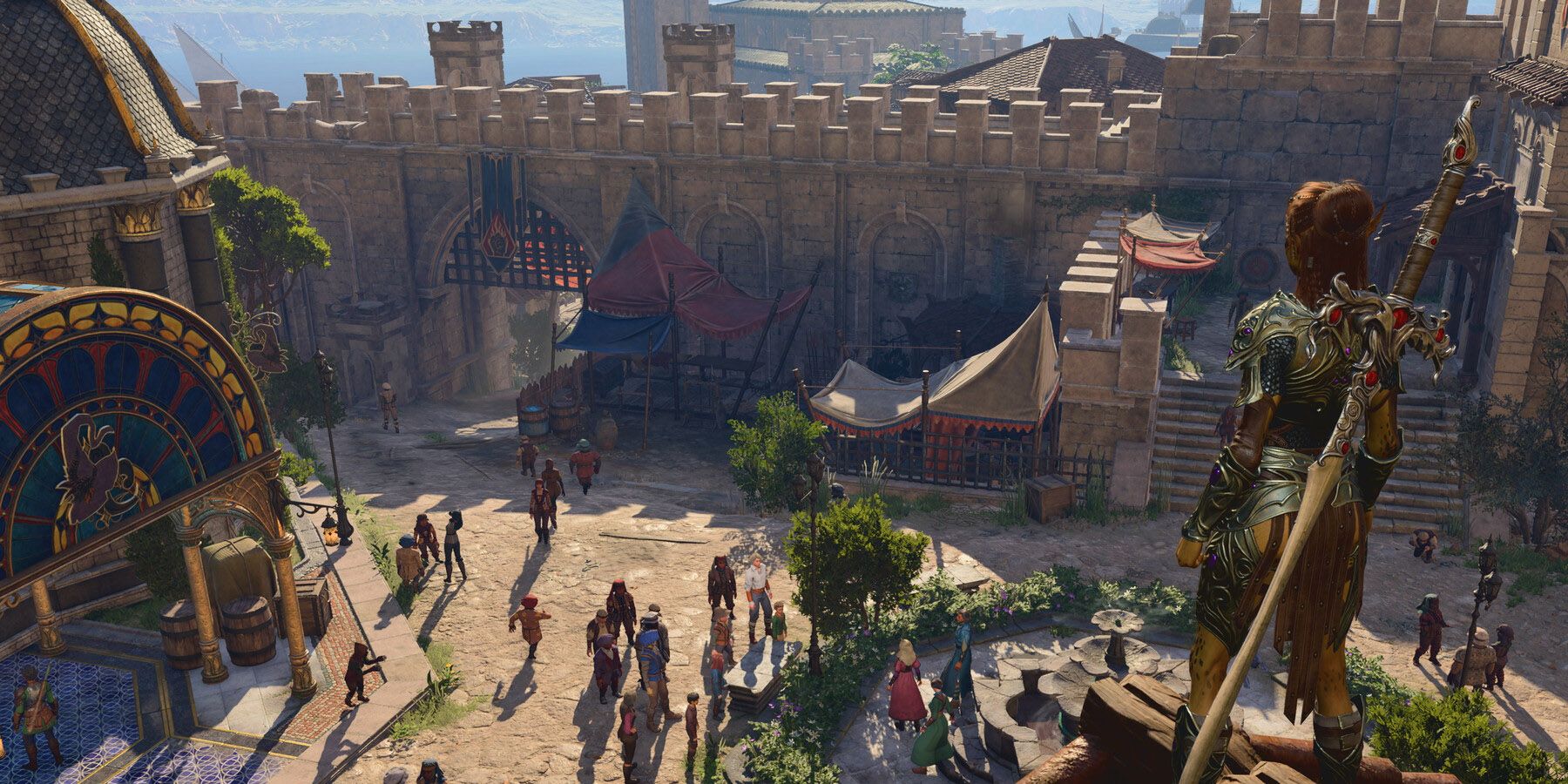
10 Best Dungeons & Dragons Games Set In The Forgotten Realms
These are some of the best Dungeons & Dragons games set in the forgotten realms.
Previous editions made it harder for players to optimize their characters. Less class variety meant characters had fewer proficiency bonuses and weren't able to fully progress their characters how they wanted. Players could only use what was available at the time, which is only a fraction of the options available today in 5th edition. Harsher character creation essentially made everything a lot more difficult in comparison to today's version.
5 Limited Capabilities And Resources
Earlier editions of DnD had a harsher inventory system and fewer combat options for players. Encumbrance was outright difficult to manage as players couldn't carry anywhere near as many items as they could in the 5th edition and magic and spells were far more complex and tricky to master.
There were far fewer spells in the game which made it harder for players to come up with options, and for the spells that players could use, some of the required items could be extremely difficult or expensive to obtain, ultimately making them unviable options. There were some cool features like reversed spells which made for some creative experiments, but overall capabilities and resources were limited and difficult to manage.
4 Harder Dungeons
The first edition of Dungeons and Dragons was focused far less on role-playing and character development, and much more on dungeon exploration and combat. There were far fewer class options and even fewer alignment options (only lawful, chaotic, and evil existed). It was mostly a dungeon crawler for lack of any alternative description, with a few added elements of role-playing. Because this used to be the main focus, however, dungeons in the first edition could often be extremely challenging.
There wasn't any sense of balance in the first-edition dungeons. A dungeon early-level characters entered could be the exact same for late-level players. There were enemies that absorbed damage, traps that sprung out of nowhere and could instantly kill players, and even puzzles that could remain unsolved if the group were incapable of banding together to solve them. If players weren't ready for the challenge, death was almost a certainty in first-edition dungeons.
3 Advanced Dungeons and Dragons Was Aimed For Veterans
The 1977 version of the game shipped with the "Advanced" moniker which made it clear it wasn't allowing any newcomers. Players of the Advanced version could play with some new classes and a new alignment system was introduced. However, Advanced Dungeons and Dragons was difficult to play from the start, not only because of the rules but also because it was extremely difficult to physically obtain any of the three rule books.
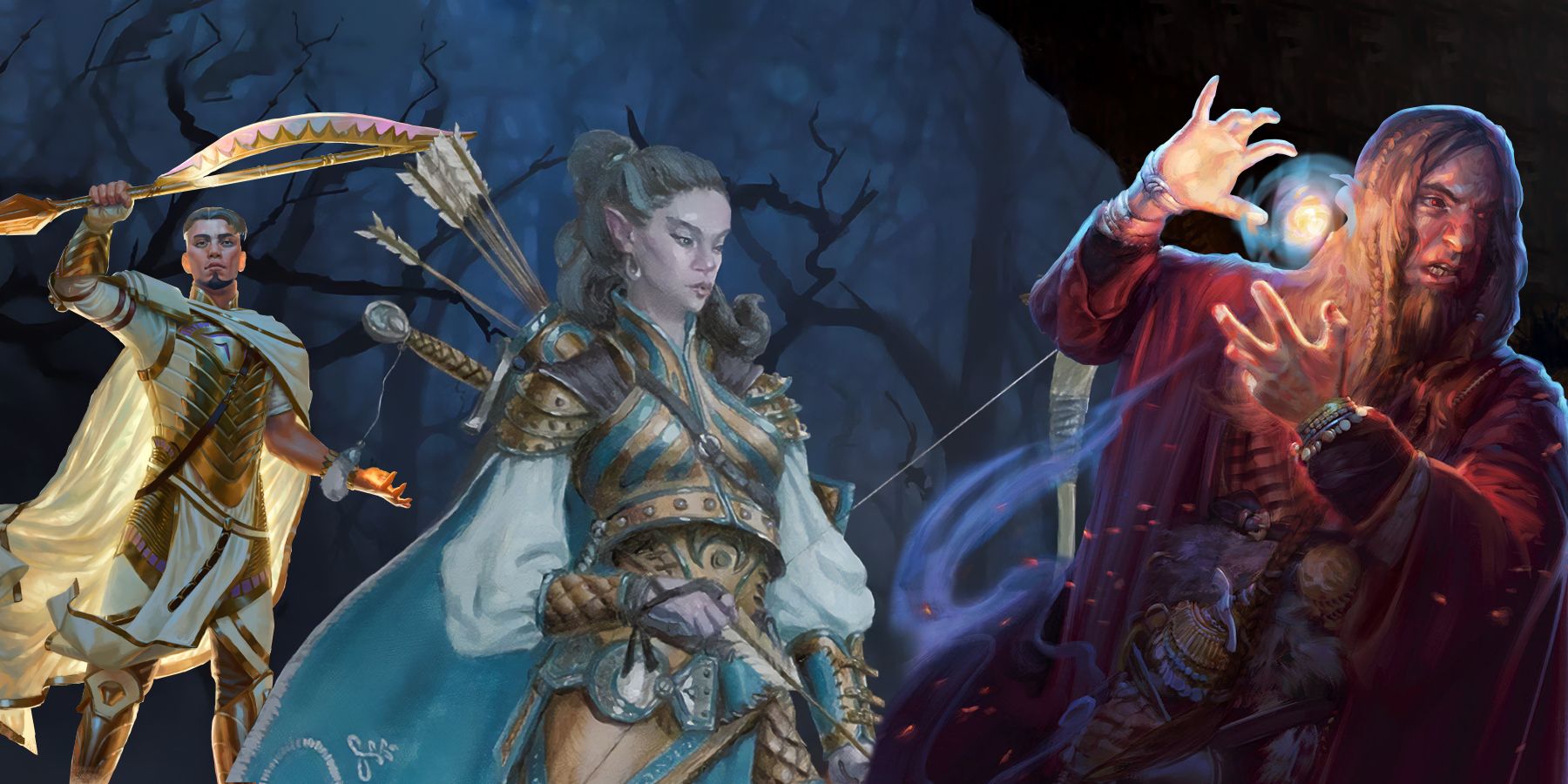
Dungeons & Dragons: The Strongest Level 20 Class Features, Ranked
At level 20, D&D characters become nearly godlike, but some classes boast stronger high-level features than others.
It's no wonder that the "Advanced" version was so difficult to play when most players didn't even have the rule books. However, for players who mastered the rules, Advanced Dungeons and Dragons was a specially curated experience for hardcore DnD fans but caused a further divide between newbies and veterans. Couple this with the context of the satanism craze surrounding Dungeons and Dragons in the 70s and 80s, well, it wasn't becoming a very accessible title.
2 DM Discretion and RNG
A large part of the Dungeons and Dragons experience came from the freedom that Dungeon Masters could give their players and the bending of certain rules that DMs could utilize. This often allowed DMs to create a more challenging experience by making rulings on the fly. If a DM wanted to make a dungeon difficult in the previous edition, then boy could they make it difficult.
Couple DM discretion and ruling with a more randomized system, earlier editions could often seem unfair, and those rules were deliberately against the players' favor. Earlier editions had more random encounters, enemies, traps, and dungeons that often relied on an RNG (random number generator) system. Whilst it created more opportunities for players to earn bonus rewards, it also caused more dangerous encounters and a real possibility of character deaths.
1 THAC0
Commonly accepted as Dungeons and Dragons' stupidest rule, Advanced Dungeons and Dragons introduced a new rule that determined which attacks hit or missed during combat. It was stupidly complicated and involved negative numbers and a series of charts and no one really understood what it all meant. It was almost like it had been added to the game to cause further confusion.
This rule was called THAC0 and stood for "To hit armor class 0" and it's incredibly complicated to explain, but here goes nothing. It was essentially a mechanism that determined a player's ability to hit a target's armor. The lower a character's THAC0, the better the chances were of landing a hit. But it was also a fixed number for certain levels, for example, a character who had no armor would have an AC of 10, and if they put armor on that number would decrease. The implementation of negative numbers made it a complicated rule, and completely inaccessible for new players.

